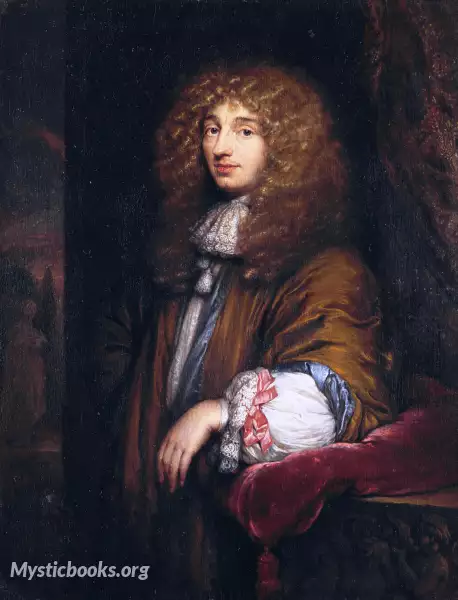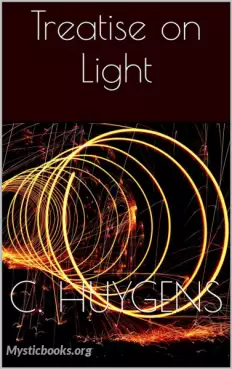
Timeline
Title
Country/Nationality
Christiaan Huygens
Christiaan Huygens also spelled Huyghens, was a Dutch mathematician, physicist, astronomer and inventor, who is widely regarded as one of the greatest scientists of all time and a major figure in the scientific revolution. In physics, Huygens made groundbreaking contributions in optics and mechanics, while as an astronomer he is chiefly known for his studies of the rings of Saturn and the discovery of its moon Titan. As an inventor, he improved the design of telescopes and invented the pendulum clock, a breakthrough in timekeeping and the most accurate timekeeper for almost 300 years. An exceptionally talented mathematician and physicist, Huygens was the first to idealize a physical problem by a set of parameters then analyse it mathematically, and the first to fully mathematize a mechanistic explanation of an unobservable physical phenomenon. For these reasons, he has been called the first theoretical physicist and one of the founders of modern mathematical physics.
In 1659, Huygens derived geometrically the now standard formulae in classical mechanics for the centripetal force and centrifugal force in his work De vi Centrifuga. Huygens also identified the correct laws of elastic collision for the first time in his work De Motu Corporum ex Percussione, published posthumously in 1703. In the field of optics, he is best known for his wave theory of light, which he proposed in 1678 and described in his Traité de la Lumière . His mathematical theory of light was initially rejected in favour of Newton's corpuscular theory of light, until Augustin-Jean Fresnel adopted Huygens's principle to give a complete explanation of the rectilinear propagation and diffraction effects of light in 1821. Today this principle is known as the Huygens–Fresnel principle.
Christiaan Huygens was born on 14 April 1629 in The Hague, into a rich and influential Dutch family, the second son of Constantijn Huygens. Christiaan was named after his paternal grandfather. His mother, Suzanna van Baerle, died shortly after giving birth to Huygens's sister. The couple had five children: Constantijn , Christiaan , Lodewijk , Philips and Suzanna.
Constantijn Huygens was a diplomat and advisor to the House of Orange, in addition to being a poet and a musician. He corresponded widely with intellectuals across Europe; his friends included Galileo Galilei, Marin Mersenne, and René Descartes. Christiaan was educated at home until turning sixteen years old, and from a young age liked to play with miniatures of mills and other machines. His father gave him a liberal education: he studied languages, music, history, geography, mathematics, logic, and rhetoric, but also dancing, fencing and horse riding.
Huygens moved back to The Hague in 1681 after suffering another bout of serious depressive illness. In 1684, he published Astroscopia Compendiaria on his new tubeless aerial telescope. He attempted to return to France in 1685 but the revocation of the Edict of Nantes precluded this move. His father died in 1687, and he inherited Hofwijck, which he made his home the following year.
On his third visit to England, Huygens met Isaac Newton in person on 12 June 1689. They spoke about Iceland spar, and subsequently corresponded about resisted motion.
Huygens returned back to mathematical topics in his last years and observed the acoustical phenomenon now known as flanging in 1693. Two years later, on 8 July 1695, Huygens died in The Hague and was buried in an unmarked grave in the Grote Kerk there, as was his father before him.
Huygens never married.
Books by Christiaan Huygens

Treatise on Light
Treatise on Light was published in 1690 and is probably the largest scientific volume on light published before Newton's Opticks. The book explains how light travels (i.e., that it has a certain velocity), and what happens when it hits a surface (ref...